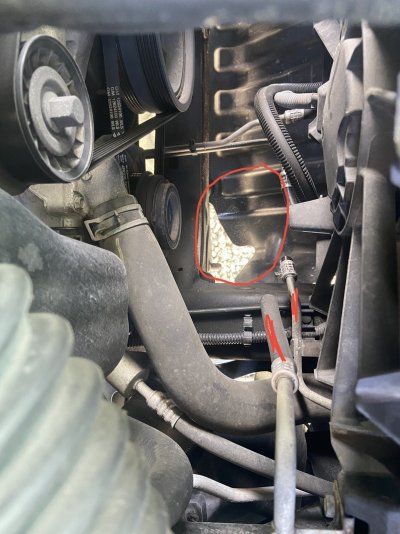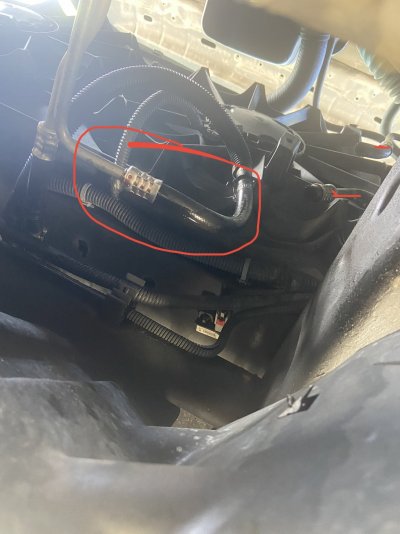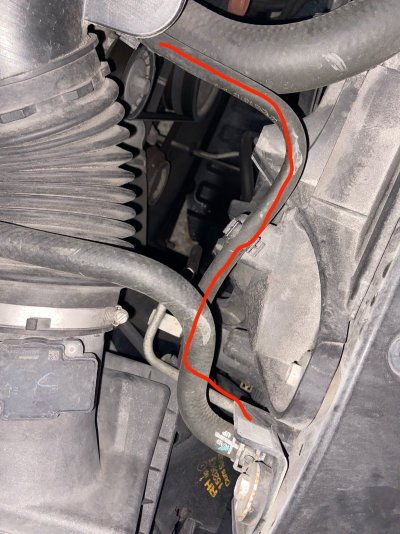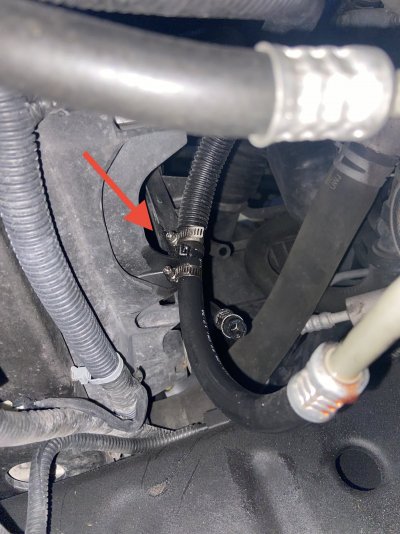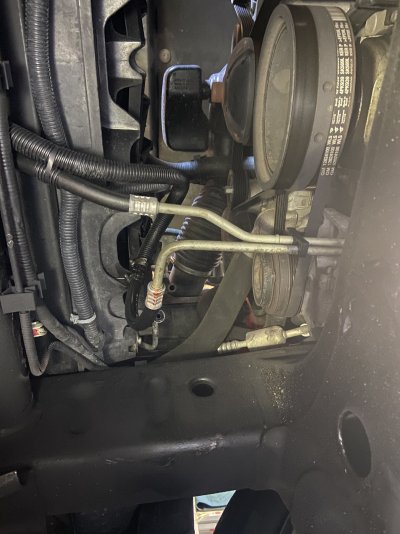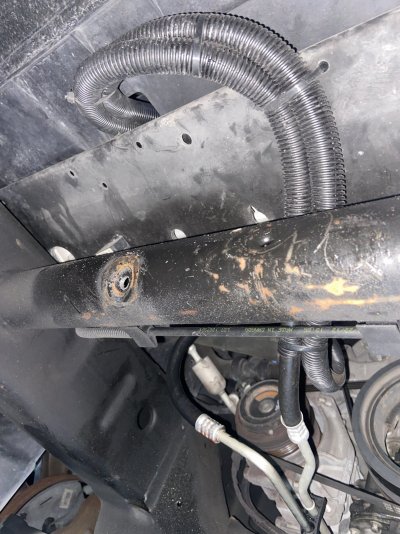Denali12
Member
- Joined
- Oct 6, 2015
- Posts
- 68
- Reaction score
- 35
12 Denali 2WD 6.2L
Aamco rebuilt the transmission, abandoned the original trans cooler, & added an external cooler. They didn’t close off the old lines & sometimes I get trans fluid from them (nothing significant) I also smell coolant if I hammer down on the gas at highway speeds, but all hoses checkout ok. I see the old lines come out of the old cooler or maybe the radiator. Also wondering what the top hose is that runs back to the engine block. This seems to go into the old cooler too? Any thoughts/advice on this?
Aamco rebuilt the transmission, abandoned the original trans cooler, & added an external cooler. They didn’t close off the old lines & sometimes I get trans fluid from them (nothing significant) I also smell coolant if I hammer down on the gas at highway speeds, but all hoses checkout ok. I see the old lines come out of the old cooler or maybe the radiator. Also wondering what the top hose is that runs back to the engine block. This seems to go into the old cooler too? Any thoughts/advice on this?
Attachments
Last edited:

